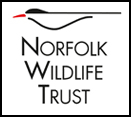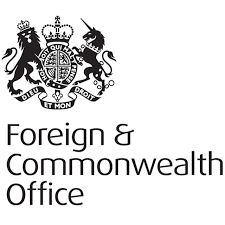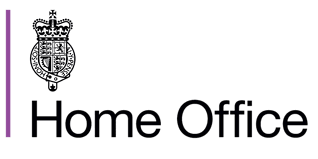PRESS RELEASE : Western Link for NDR options are unacceptable, says NWT [January 2019]
The press release issued by Norfolk Wildlife Trust on 11 January 2019.
None of the proposed routes for the NDR Western Link Road could be built without unacceptable damage to multiple important wildlife sites, warns Norfolk Wildlife Trust, unless there is a significant commitment to mitigation and compensatory habitats.
Four options were shortlisted by Norfolk County Council to link the end of the current Northern Distributor Road (NDR) now called Broadland Northway, on the A1067 with the A47 near to Easton.
The landscape between the A1067 and A47 is a network of habitats that are well-connected and therefore vital for wildlife, including ancient woodlands, grasslands and floodplains.
Whilst a key focus is rightfully to ensure there is no damage to the River Wensum – a site of international importance for wildlife – the landscape contains many significant other areas of importance for wildlife.
Several of these are designated as County Wildlife Sites (CWS), which are the best semi-natural habitats in Norfolk after nature reserves and SSSIs. Further areas locally are also in the process of being designated as CWS within the next few months. The connection between the habitats is of particular importance in this area, to enable wildlife to move through the landscape and not become isolated.
Norfolk Wildlife Trust has considered the four options in detail, looking at the direct impacts on the habitats, as well as indirect impacts such as pollution and habitat severance isolating and therefore undermining species ability to survive. All four options are currently unacceptable as they will cause significant damage to multiple CWS and ancient woodlands.
Chief Executive of Norfolk Wildlife Trust, Pamela Abbott said: “Without further evidence that the losses to important wildlife sites, degradation of nearby habitats and habitat separation across the landscape can be avoided or properly mitigated, we currently regard all of the options as unacceptable.
“The western link road will lead to direct loss of habitat, the separation of remaining habitats into smaller fragments and impacts on floodplain hydrology as well as increased light, noise, road run-off and air pollution over a considerable distance each side of the road. Severance of the landscape will result in reduced species mobility, whilst increased pollution will likely result in a reduction in habitat quality and species diversity. Both will reduce nearby sites’ and populations’ ability to cope with other environmental changes and increase the likelihood of localised extinctions.”
Without significant commitments to mitigation and compensatory habitat that robustly demonstrate that there would be a net gain for wildlife from the development, Norfolk Wildlife Trust would likely object to any of the shortlisted options if presented as a planning application.



